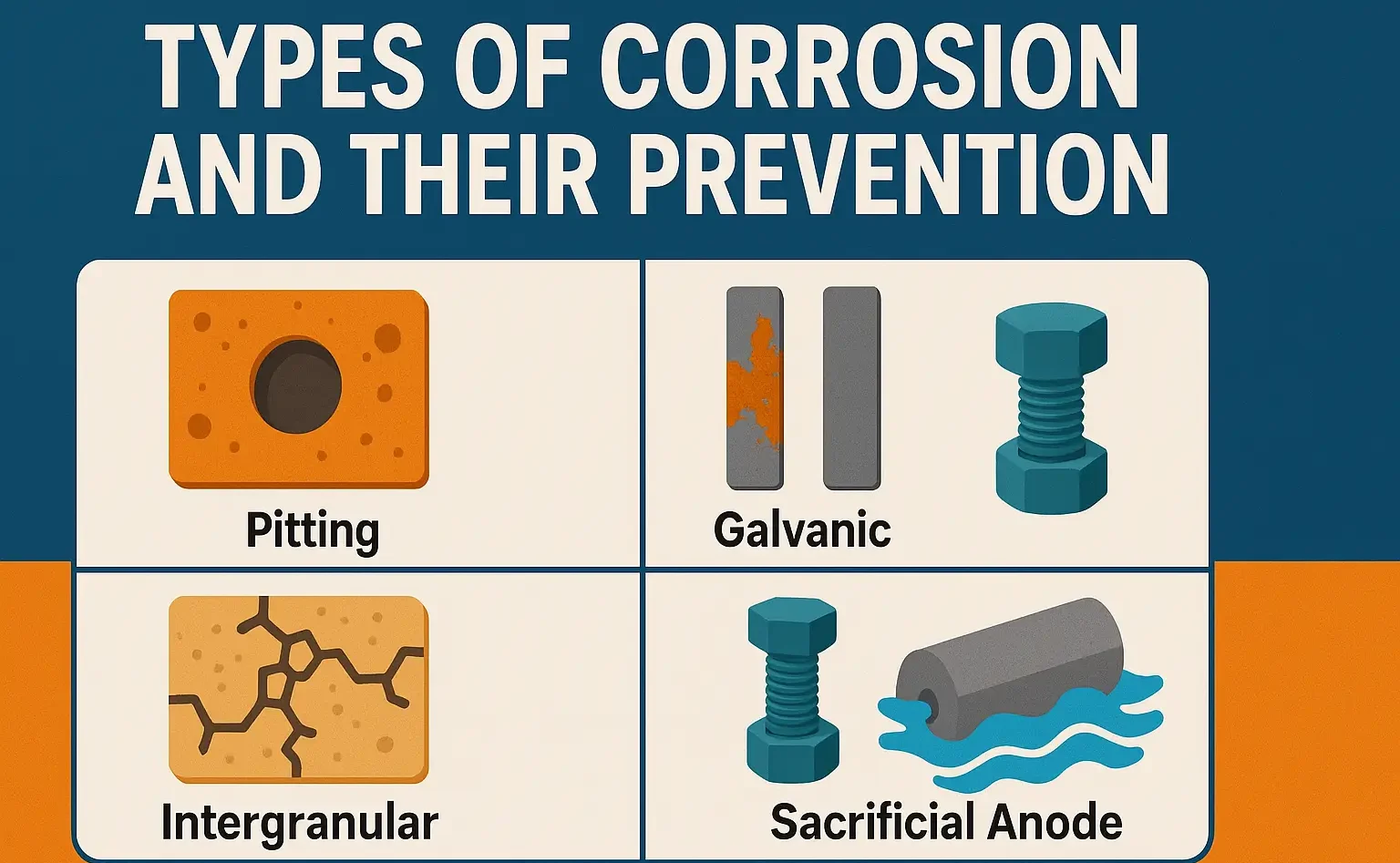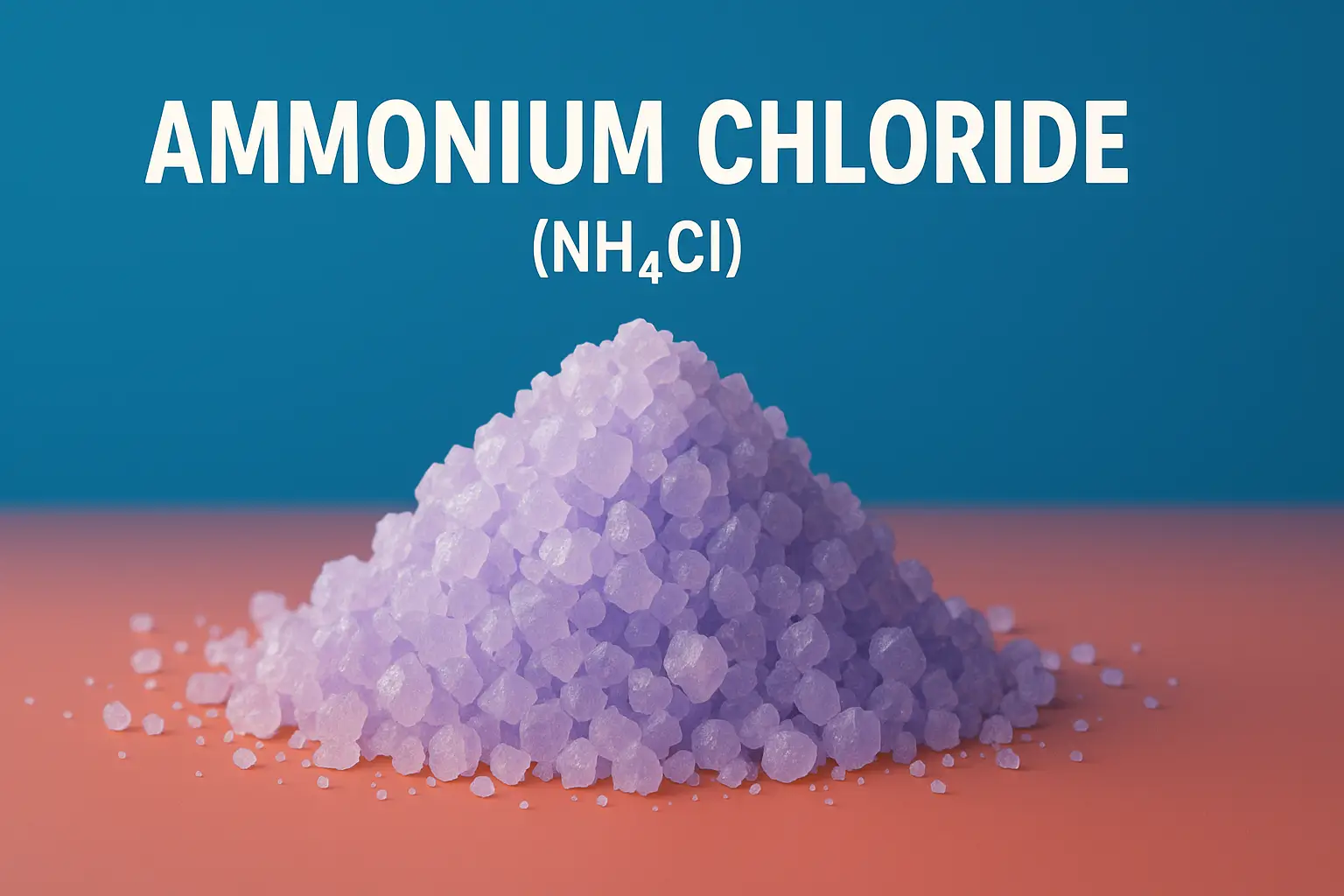Basic of material handling systems
Material handling systems are essential for efficiently moving, storing, and managing materials in various industries. Here are the basics: Definition of Material Handling Systems Material handling involves the movement, protection, storage, and control of materials and products throughout manufacturing, warehousing, distribution, consumption, and disposal. Types of Material Handling Equipment Manual Handling: Hand tools, carts, and … Read more









